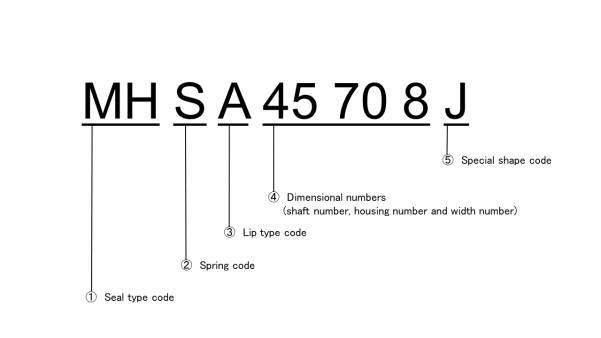In many industrial processes, maintaining the correct gas pressure is vital for safety and efficiency. Without a gas pressure reducer, equipment could face excessive pressure levels, leading to potential failure, safety hazards, and costly downtime. By stabilizing the gas pressure, these reducers help protect sensitive equipment, ensure consistent operation, and promote safety. Additionally, they contribute to optimizing the performance of gas-powered systems, making them more efficient and reliable.




